




When it comes to doing laundry, time is always a factor. With busy schedules and endless to-do lists, many people are looking for ways to save time and get their laundry done more quickly. One common question that arises is whether a 15-minute wash cycle is enough to effectively clean clothes. In this article, we will explore this question and provide expert advice for efficient laundry.
While a 15-minute wash cycle may seem appealing for its time-saving potential, it is important to consider the nature of the laundry being washed. For lightly soiled items or smaller loads, a shorter wash cycle may be sufficient. However, for heavily soiled clothes or larger loads, a longer wash cycle is recommended to ensure thorough cleaning. The duration of the wash cycle should be adjusted based on the specific needs of the laundry.
It is also worth noting that the duration of the wash cycle is just one factor to consider when aiming for efficient laundry. The temperature of the water, the type of detergent used, and the agitation of the machine all play a role in achieving clean clothes. Additionally, separating laundry by fabric type and color can help prevent damage and fading, ultimately prolonging the life of the garments.
Ultimately, the decision of whether a 15-minute wash cycle is enough depends on the individual’s laundry needs and priorities. Those with time constraints may opt for a shorter cycle, while others may prioritize thorough cleaning and opt for a longer cycle. Consulting the manufacturer’s instructions for the washing machine and experimenting with different settings can help determine the optimal wash cycle duration for each person’s unique laundry situation.
Is a 15-Minute Wash Cycle Enough?
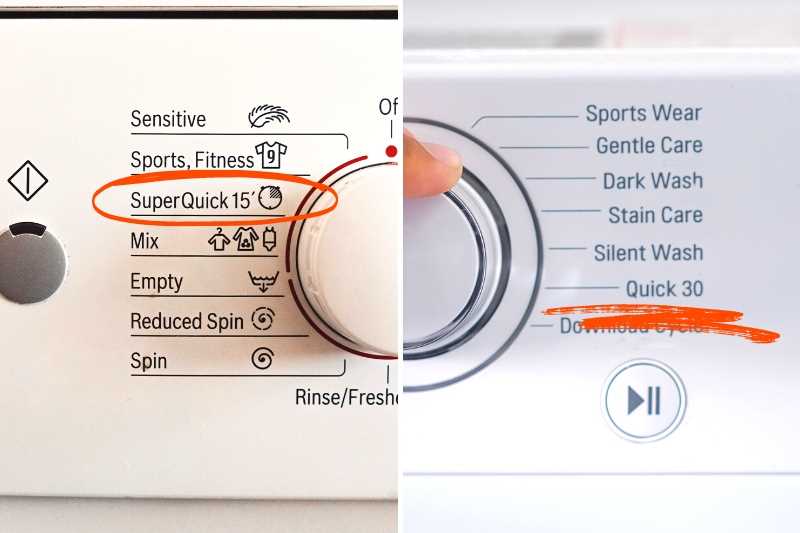
When it comes to doing laundry, efficiency is key. We all want to save time and get our clothes clean as quickly as possible. But is a 15-minute wash cycle enough to get the job done?
According to experts, the answer depends on a few factors. First, you need to consider how dirty your clothes are. If you’re washing lightly soiled clothes, a shorter cycle may be sufficient. However, if your clothes are heavily soiled or stained, you may need a longer cycle to ensure they come out clean.
Another factor to consider is the type of fabric you’re washing. Delicate fabrics like silk or lace may require a gentler cycle, which could take longer. On the other hand, sturdy fabrics like denim or cotton may be able to withstand a shorter, more vigorous cycle.
It’s also important to note that the duration of a wash cycle doesn’t necessarily correlate with how clean your clothes will be. The effectiveness of a wash cycle depends on other factors like water temperature, detergent used, and agitation. So even if you’re using a longer cycle, if these factors aren’t optimized, your clothes may not come out as clean as you’d like.
Ultimately, the best way to determine if a 15-minute wash cycle is enough is to pay attention to the results. If your clothes are consistently coming out clean and fresh, then the shorter cycle may be sufficient. However, if you notice that your clothes aren’t getting as clean as you’d like, or if stains and odours persist, you may need to consider using a longer cycle.
It’s also worth noting that shorter cycles can be more energy-efficient, as they use less water and electricity. So if you’re looking to reduce your environmental impact or lower your utility bills, a 15-minute wash cycle could be a good option.
In conclusion, while a 15-minute wash cycle may be enough for lightly soiled clothes and certain fabrics, it may not be sufficient for heavily soiled items or delicate fabrics. Pay attention to the results and adjust your washing routine accordingly to ensure your clothes come out clean and fresh every time.
Understanding Efficiency in Laundry
Efficiency in laundry involves maximizing the results while minimizing the resources and time required. By understanding the key factors that contribute to efficiency, you can optimize your laundry routine and achieve clean clothes in less time.
Choosing the Right Washing Machine

- Energy Efficiency: Look for washing machines with high energy efficiency ratings. These machines use less water and electricity, resulting in significant savings in the long run.
- Load Capacity: Make sure to choose a washing machine that matches your laundry needs. A larger load capacity allows you to wash more clothes in a single cycle, reducing the overall time and resources needed.
- Program Options: Look for washing machines with a variety of program options. This allows you to select the most suitable wash cycle for different types of clothes, saving time and ensuring optimum cleaning performance.
Optimizing Wash Cycles
To achieve efficient laundry, it’s important to understand the different wash cycle options available and their implications:
- Quick Wash: A 15-minute wash cycle, like the one mentioned in the article, is ideal for lightly soiled clothes or when you need your clothes cleaned in a short amount of time. However, it may not be suitable for heavily soiled items or stains that require extra attention.
- Standard Wash: A standard wash cycle typically lasts around 30-45 minutes and is suitable for most everyday fabrics and light to moderate soiling.
- Intensive Wash: An intensive wash cycle, which can last up to 2 hours, is recommended for heavily soiled items or clothes with tough stains. It provides a deeper cleaning process but consumes more time and resources.
Other Efficiency Tips

In addition to choosing the right washing machine and wash cycle, here are some other efficiency tips to consider:
- Sort and Pre-Treat: Sort your laundry based on fabric type and level of soiling to optimize the wash cycles. Pre-treat tough stains before washing to increase the chances of successful stain removal.
- Use the Recommended Amount of Detergent: Using the right amount of detergent ensures effective cleaning while preventing excessive suds that could require additional rinsing cycles.
- Avoid Overloading: Overloading the washing machine can affect the cleaning performance and potentially damage the machine. Follow the manufacturer’s guidelines regarding load capacity.
- Proper Maintenance: Regularly clean the washing machine’s filter and drum to avoid blockages and maintain optimal performance. This helps prolong the machine’s lifespan and ensures efficient operation.
By implementing these tips and understanding the factors that contribute to efficiency in laundry, you can save time, resources, and money while still achieving clean, fresh-smelling clothes. Remember to tailor your laundry routine to your specific needs and always follow the manufacturer’s instructions for both your washing machine and the clothes being washed.
Expert Advice for Optimal Cleaning
1. Sort your laundry
Before starting the washing machine, it’s important to sort your laundry properly. This means separating your clothes by color and fabric type. Sorting your laundry helps prevent color bleeding and ensures that each fabric gets the appropriate level of care.
2. Use the right detergent
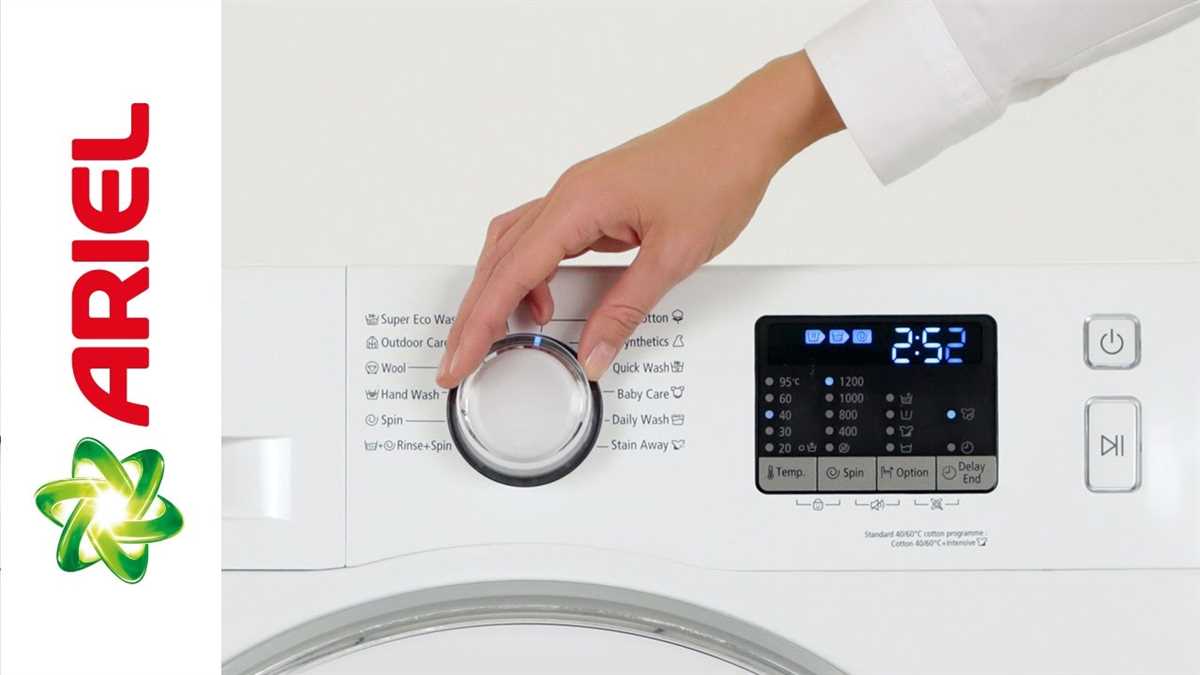
Choosing the right detergent is crucial for optimal cleaning. Different detergents are formulated for different types of stains and fabrics. Read the labels carefully and select a detergent that suits your specific needs. Some detergents are designed to work better in cold water or for removing tough stains, so choose accordingly.
3. Pre-treat stains
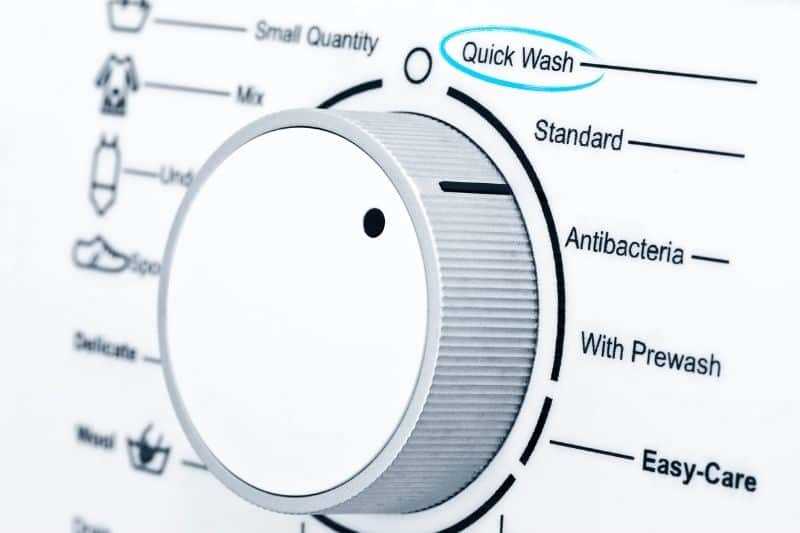
If you have heavily stained clothes, it’s a good idea to pre-treat the stains before washing. This can be done by applying a stain remover or rubbing a small amount of detergent directly onto the stain. Let it sit for a few minutes before washing as usual.
4. Follow the manufacturer’s instructions
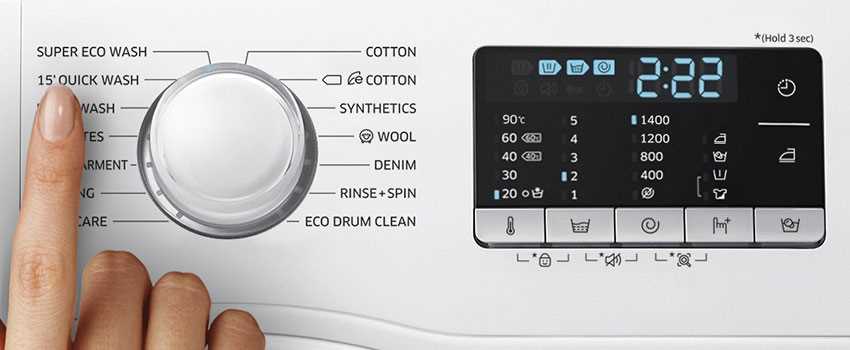
Every washing machine has different settings and features. To ensure optimal cleaning, always follow the manufacturer’s instructions for loading the machine, selecting the appropriate cycle, and adding detergent. Using the wrong settings or overloading the machine can result in ineffective cleaning or damage to your clothes.
5. Don’t overload the machine
While it may be tempting to stuff your washing machine to the brim to save time, overloading can actually hinder the cleaning process. Clothes need space to move around and agitate properly in the water. Overloading the machine can lead to poor cleaning and wrinkled clothes.
6. Consider the water temperature
The water temperature plays a significant role in cleaning effectiveness. In general, hot water is more effective at removing stains and killing bacteria, while cold water is better for delicate fabrics and energy conservation. Be sure to check the care labels on your clothes to determine the appropriate water temperature.
7. Clean your washing machine regularly
To maintain optimal cleaning performance, it’s important to clean your washing machine regularly. Over time, detergent residue, dirt, and bacteria can build up inside the machine and affect cleaning results. Follow the manufacturer’s instructions for cleaning and descaling your machine, and consider running an empty cycle with vinegar or a washing machine cleaner.
8. Don’t forget about drying

Clean clothes also need proper drying to maintain their freshness and prevent wrinkles. Follow the care labels for drying instructions, and avoid over-drying or using high heat settings. Hanging clothes to air dry can also be an energy-efficient and gentle option.
9. Practice good laundry habits
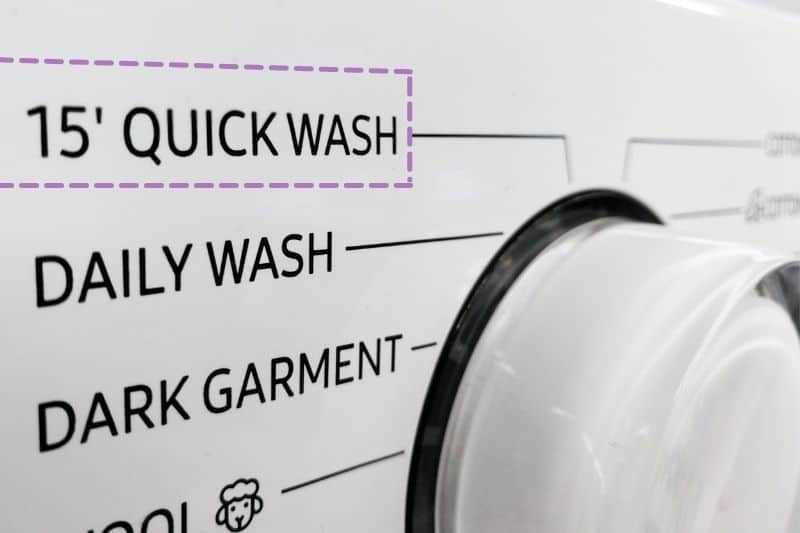
In addition to the above tips, practice good laundry habits to keep your clothes clean and in good condition. This includes emptying pockets, closing zippers, and fastening buttons before washing. It’s also important to regularly inspect your clothes for stains or damage and address them as needed.
By following these expert tips for optimal cleaning, you can ensure that your laundry comes out fresh, clean, and well cared for.
Factors to Consider for a Quick Wash
- Load size: One of the most important factors to consider when opting for a quick wash cycle is the size of the load. Smaller loads tend to get cleaned more effectively in a shorter amount of time.
- Level of dirtiness: Quick wash cycles are designed to handle lightly soiled garments. If your clothes are heavily soiled and stained, it may be necessary to opt for a longer and more intense wash cycle to ensure proper cleaning.
- Type of fabric: Different fabrics require different care. Delicate fabrics may not fare well in a quick wash cycle, as they need more gentle agitation and slower spin speeds. Be sure to check the garment labels for specific washing instructions.
- Detergent and stain remover: Using a high-quality detergent and pre-treating any stains before starting the wash cycle can help improve the cleaning efficiency of a quick wash.
- Water temperature: Most quick wash cycles use lower water temperatures to save energy and time. However, certain stains and fabrics may require hot or warm water for effective cleaning. Adjusting the water temperature accordingly can make a difference in the wash results.
- Spin speed: Quick wash cycles often have shorter spin cycles to save time. While this can help to reduce drying time, it may not be suitable for certain fabrics or delicate garments that require a slower spin speed to prevent damage.
In conclusion, a 15-minute wash cycle can be sufficient for lightly soiled garments and smaller loads. However, it is important to consider factors such as load size, level of dirtiness, fabric type, detergent, water temperature, and spin speed to ensure optimal cleaning results. Adjusting these factors accordingly will help you achieve efficient laundry in a shorter amount of time.
Tips for Time-Saving Laundry
1. Sort your laundry beforehand
Sorting your laundry before starting your washing machine can save you time in the long run. By separating your clothes into different loads based on color, fabric type, and wash temperature, you can avoid the need for re-washing or ironing. Make sure to check the care labels on each garment to determine the appropriate washing settings.
2. Use the right detergent
Choosing the right detergent can make a big difference in the efficiency of your laundry. Look for detergents that are specifically designed for quick wash cycles and have enzymes or surfactants that can break down stains quickly. These detergents will help to clean your clothes effectively in a shorter amount of time.
3. Pre-treat stains
If you have heavily stained clothes, it’s a good idea to pre-treat the stains before tossing them in the wash. This can be done by using stain remover sprays, soaking the garments in a mixture of detergent and water, or using natural stain removers like lemon juice or baking soda. Pre-treating stains will increase the chances of them being completely removed during the wash cycle.
4. Consider a high-efficiency washing machine
Investing in a high-efficiency washing machine can significantly reduce the time spent on doing laundry. These machines use less water and energy, have shorter wash cycles, and can handle larger loads. They are designed to clean clothes quickly and efficiently, saving you time and energy.
5. Opt for shorter wash cycles
If you’re pressed for time, consider using shorter wash cycles for lightly soiled clothes. Most washing machines offer quick or express wash options that can clean your clothes in as little as 15 to 30 minutes. These shorter cycles are ideal for refreshing clothes that have been worn only briefly or are not heavily soiled.
6. Use dryer balls or towels
To speed up the drying process, add a few dryer balls or clean towels to your load. These will help to absorb moisture and distribute heat more evenly, resulting in faster drying times. Additionally, dryer balls can also help to reduce wrinkles and static in your clothes, eliminating the need for ironing.
7. Create a laundry schedule
To stay organized and save time, create a laundry schedule that works for you. Determine specific days or times during the week dedicated to doing laundry. This will help you stay on top of your laundry pile and avoid spending extended periods doing multiple loads at once.
8. Streamline your folding and storing process
Once your laundry is clean and dry, streamline your folding and storing process. Fold clothes immediately after they come out of the dryer to prevent wrinkling. Consider investing in folding boards or organizing systems to keep your folded clothes neat and easily accessible. This will save you time when looking for specific items or putting away your laundry.
9. Delegate and streamline your laundry tasks
If possible, delegate certain laundry tasks to other members of your household to save time. Divide tasks such as sorting, folding, and putting away clothes among family members. Additionally, consider streamlining your laundry routine by using laundry baskets or hampers with multiple compartments to sort clothes as you go.
10. Plan ahead
Lastly, plan ahead to avoid last-minute laundry emergencies. Keep an eye on your laundry supply levels and make sure you have enough detergent, fabric softener, and other necessary products on hand. By planning ahead, you can avoid running out of essential items in the middle of a laundry session.
FAQ
Is a 15-minute wash cycle enough to get my clothes clean?
It depends on the type of clothes and level of dirt. For lightly soiled clothes, a 15-minute wash cycle can be sufficient. However, for heavily soiled items or fabrics that require a deeper cleaning, a longer wash cycle may be necessary.
What determines the length of a wash cycle?
The length of a wash cycle is determined by various factors, including the type of fabric, the level of dirt and stains, the water temperature, and the type of washing machine being used. Some machines have pre-set wash cycles that cannot be adjusted, while others allow for customization of the wash time.
Will using a shorter wash cycle save electricity and water?
Generally, using a shorter wash cycle can help save electricity and water. However, it is important to note that using a shorter cycle may not effectively clean heavily soiled items, which could result in the need for rewashing and ultimately using more energy and water.
Are there any drawbacks to using a shorter wash cycle?
One potential drawback of using a shorter wash cycle is that it may not effectively remove tough stains or fully clean heavily soiled items. Additionally, some fabrics may require a longer wash cycle to maintain their quality and longevity. It is important to consider the specific needs of your garments before deciding on a wash cycle length.
What are some tips for maximizing efficiency in laundry?
To maximize efficiency in laundry, consider sorting your clothes by fabric type and level of dirt. Use the appropriate wash cycle and water temperature for each load. Avoid overloading the washing machine and use detergent according to the manufacturer’s recommendations. Additionally, air drying or using a lower heat setting on the dryer can help save energy.














